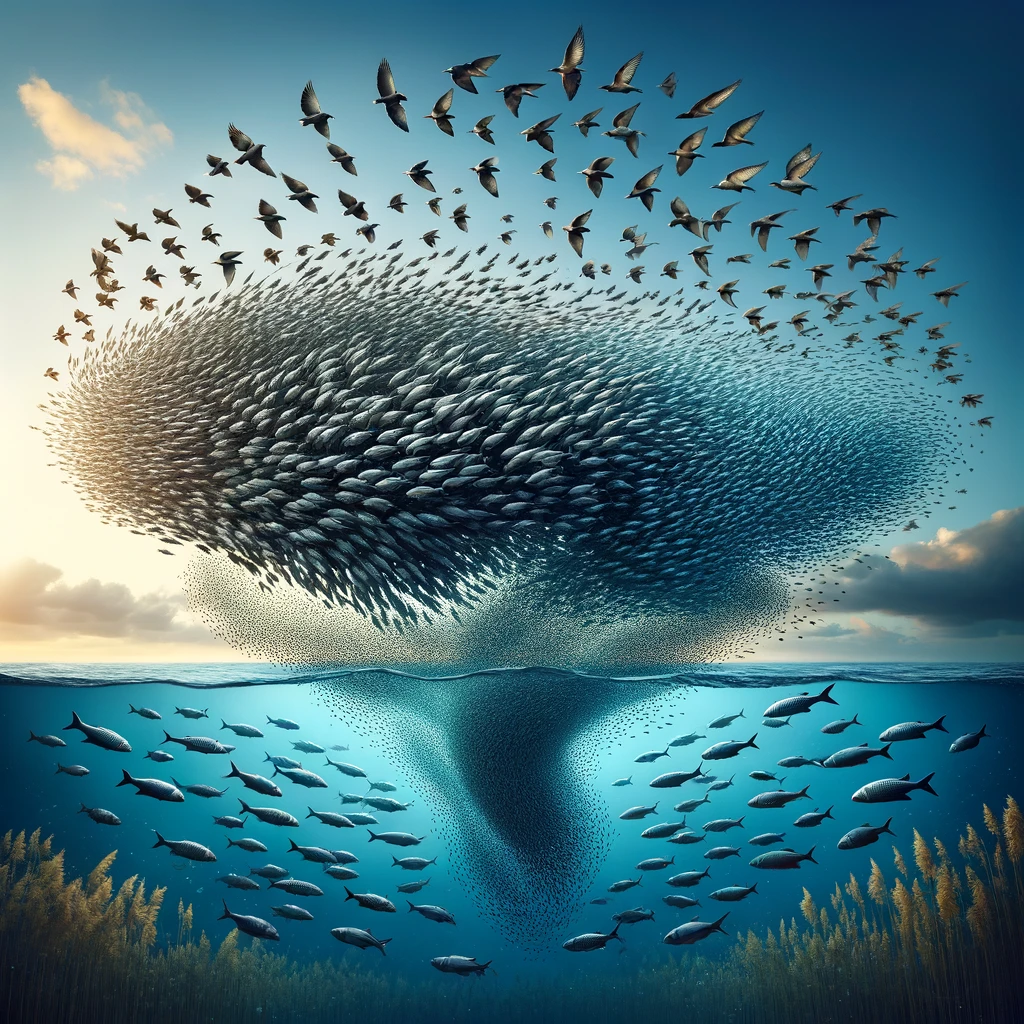Introduction
Swarm Intelligence (SI) refers to the emergent collective intelligence of groups of simple agents, such as insects or robots, that coordinate using decentralized control and self-organization. Largely inspired by biological systems, SI has been applied to solve complex problems in various fields, including robotics, optimization, and artificial intelligence.
Concept and Background
The concept of Swarm Intelligence originates from the study of natural systems, particularly those of social insects. For example, ants find the shortest path to food sources by laying down pheromones, which guide other members of the colony. Similarly, birds flock and fish school using simple rules applied by individuals without centralized control, resulting in complex group behavior that protects from predators and enhances foraging efficiency.
Principles of Swarm Intelligence
Swarm Intelligence systems are characterized by several key principles:
- Decentralization: There is no central control structure dictating how individual agents should behave; all control is local and decentralized.
- Scalability: Systems can easily expand by adding more agents without significant redesign.
- Robustness: The system can continue to operate even if several agents fail.
- Flexibility: Agents can adapt their strategies based on the situation.
Applications
Swarm Intelligence has been successfully applied in numerous areas:
- Robotics: Groups of robots coordinate to explore unknown environments, clean up spills, or perform surveillance.
- Optimization Problems: Algorithms inspired by SI, such as Ant Colony Optimization and Particle Swarm Optimization, have been used to solve complex optimization problems in logistics, manufacturing, and network design.
- Traffic Management: Models based on SI principles help improve traffic flow and reduce congestion in urban settings.
Future Prospects
The future of Swarm Intelligence looks promising as researchers continue to explore its potential. Advances in AI and machine learning are expected to enhance the capabilities of SI systems, making them more efficient and applicable to a broader range of problems. Additionally, the integration of SI principles with other technologies like blockchain and IoT is anticipated to drive further innovation.
Conclusion
Swarm Intelligence represents a fascinating blend of nature’s wisdom with technological innovation. By mimicking the decentralized, self-organized behavior of insects and other animals, SI provides a powerful tool for solving some of the most complex and dynamic problems facing humanity today. As this field evolves, it will likely continue to inspire new technologies and solutions across diverse disciplines, underscoring the profound impact of observing and learning from the natural world.
